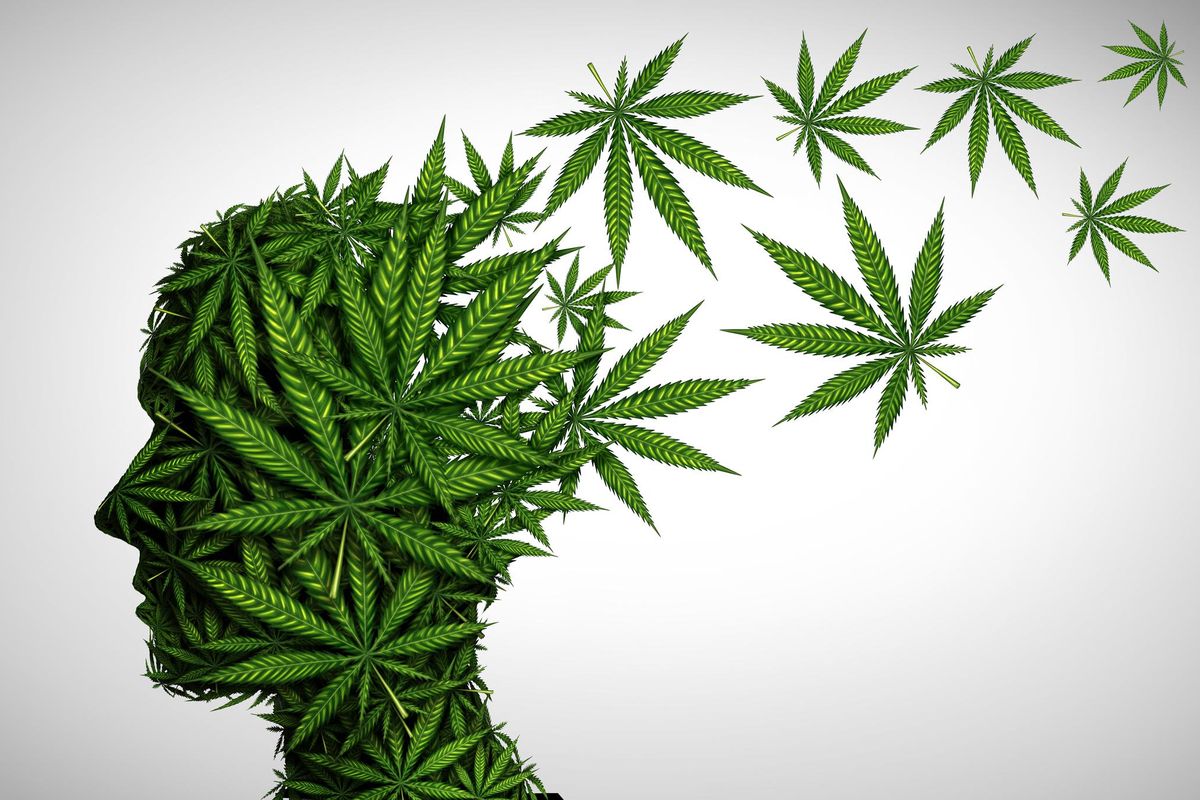By Jason R. Kilmer, University of Washington and Christine M. Lee, University of Washington
In a trend that coincided with the pandemic, marijuana use among college students in 2020 reached levels not seen since the 1980s. That's according to the latest research from Monitoring the Future – an annual survey that looks at drug and alcohol use among the nation's young people. Below, Jason R. Kilmer and Christine M. Lee – both University of Washington School of Medicine researchers who study marijuana use among college students – explain some of the reasons behind the trend, and some of its consequences.
Why is marijuana so popular among college students as of late?
How many college students are actually using cannabis?
With 18 states legalizing cannabis for non-medical or “recreational" purposes – the first of which did so in 2012 – access to marijuana has increased, especially for college students over 21 years of age. While the past three reports from Monitoring the Future – a national drug use survey conducted annually by the University of Michigan – have shown that between 43% and 44% of college students report any cannabis use in the past year, over half of college students do not report use. This is important to note because research has shown that when people think “everyone" is doing something, they are more likely to start doing it themselves or do it more.
Different from any use in the past year, researchers often look at past month use as an indicator of current use. Given that about 25% of college students report use in the past month, this suggests that three-quarters of students do not report past month use, and not using marijuana is actually the most common behavior.
How does smoking weed affect academic performance?
As researchers who work with college students, we hear students say things like marijuana is “safe," “natural" or that it's “just weed," but research tells a very different story about potential risks. This is particularly true with the high potency cannabis that dominates markets in legal and medical states.
Published research consistently shows that the more frequently a college student uses cannabis, the lower their GPA tends to be, the more they report skipping class and the longer it takes them to graduate.
Probably the most direct impact to academic performance is a relationship between marijuana use and impaired attention and memory. This relationship has been documented for years, including with college students.
The good news is that studies that follow people as they abstain show that when marijuana use stops, cognitive performance improves, though it can take 28 days of abstinence. So much of this depends on how often someone uses and the type or potency of marijuana they are using. But whatever the case, it certainly seems that the more frequently people use, the more likely they are to experience challenges with attention, memory and other cognitive abilities.
In an August 2021 article about recommended guidelines for lower-risk cannabis use, the authors concluded that people who use cannabis and experience impaired cognitive performance should think about taking a break or significantly reducing how much they use, or the potency of what they use.
Are there any academic or educational benefits?
In our conversations with college students, we hear some students who typically use marijuana say that when they don't use, they can't sit still, or they feel restless and anxious. These students might assume that marijuana use is “helping" them.
Unfortunately, the anxiety and restlessness they experience when not using marijuana can be symptoms of withdrawal. Those things could also be indicative of addiction to cannabis, or what is called a cannabis use disorder. This might mean when students continue to use marijuana, they might feel a sense of less anxiety or restlessness, but are actually making withdrawal symptoms stop by resuming use.
We are not aware of any studies that point to academic or educational benefits of using marijuana.
Are we forgetting anything?
Science has to play catch-up on the cannabis products being sold today. Among the many cannabinoids in cannabis, THC, the psychoactive component typically associated with the “high" from marijuana, is arguably the most well studied. In the U.S., THC concentrations in the 1970s on average were under 2%, reached 3% in the 1980s, were 4% by the mid-1990s and steadily climbed to almost 15% by 2018.
Today, especially in legal markets, we are seeing even higher concentrations. For example, in Washington state, flower products – that is, marijuana that is smoked – commonly exceed 20% THC. Concentrates, which include dabs, hash oil and other products, routinely exceed 60% THC.
“High potency" cannabis is considered to be anything over 10% THC. Use of high potency cannabis is associated with a number of outcomes, including greater risk of cannabis use disorder and adverse mental health outcomes.
[You're smart and curious about the world. So are The Conversation's authors and editors.You can read us daily by subscribing to our newsletter.]
Young people seem to be particularly vulnerable. Although we sometimes hear from people that marijuana use doesn't seem that risky, recent studies make clear that cannabis use may increase harms and risks for those who use. For college students, these issues range from having trouble concentrating and paying attention to feeling antisocial or paranoid.![]()
Jason R. Kilmer, Associate Professor of Psychiatry & Behavioral Sciences, School of Medicine, University of Washington and Christine M. Lee, Research Professor of Psychiatry and Behavioral Sciences, School of Medicine, University of Washington
This article is republished from The Conversation under a Creative Commons license. Read the original article.







